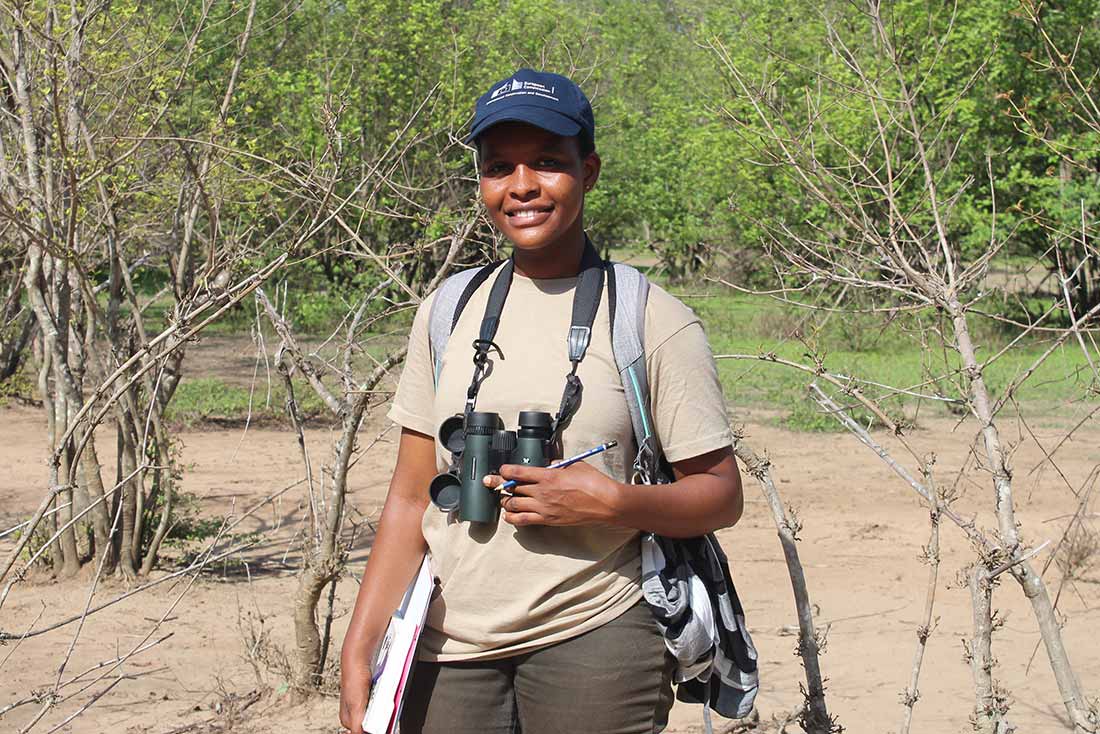10,000 pounds balanced on 18 pachyderm toes.
This sums up just one challenge faced by Asian elephants as they move their huge bodies, sometimes across vast distances, and with all that weight bearing down almost exclusively on their toes. Not only do these intelligent and fascinating creatures have to deal with deforestation and poachers, but also painful inflammation that results from their immense size, as well. Asian elephants can even die from foot inflammation, should it remain untreated.
This past year, Conservation Nation “footed the bill” for a high-tech, new thermography camera to study Asian elephants’ feet as part of ongoing pachyderm research.
With this device in her scientific arsenal, esteemed Smithsonian scientist Dr. Janine Brown recently travelled to Thailand, where she scanned 10-20 elephants for painful inflammation. The technology is truly groundbreaking—the device can scan from great distances, without bothering the animal or requiring researchers to sedate the patient for an accurate reading. The thermography scanner gives researchers real insight into the health problems of pachyderms living in very different situations, and identifies points of inflammation not evident to the naked eye.
Another project will investigate how much weight an elephant can carry without causing skeletal or joint problems. Sensors are taped to limbs and a computerized gait assessment is made, followed by thermal scans to assess heat build-up. Preliminary data suggest elephants are capable of carrying at least 10 percent of their body weight (about 250 kilograms for a normal size elephant!) with little observable effects.
This is only the beginning of Dr. Brown’s research. She already is planning a second trip to the region this fall. The thermography camera also is just beginning its work; with this technology, Dr. Brown expects to amass more data with collaborators, potentially scanning hundreds of elephants in Thailand, and possibly nearby Lau, as well.









